Benefits of exercise over 50: improve your health and fitness in your 50s and beyond
The benefits of exercise over 50 encapsulates your whole health and wellbeing, leading you to feel healthier and live longer
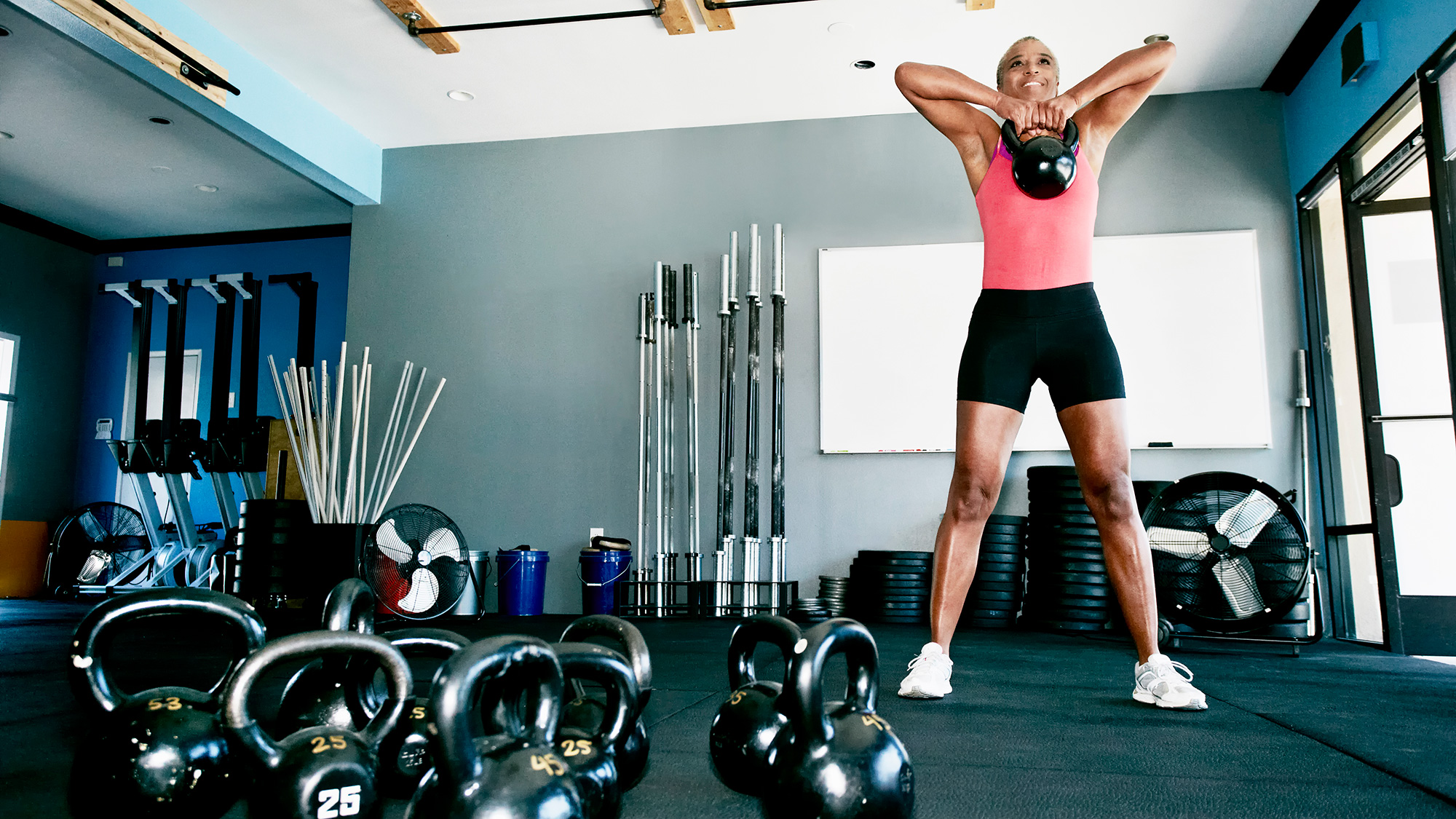

A list including the many benefits of exercise for over 50s would appear very long but we’ve rounded things up into eleven key advantages. Not only can regular exercise help you manage things like your weight and heart health, but it can also reduce your risk of serious health conditions such as type 2 diabetes, cardiovascular disease, and stroke.
Everyone knows that exercise is good for us and we learn this from a young age but as we grow older our body changes and so can our lifestyle and sometimes it becomes harder and harder to exercise. Perhaps you find it more taxing to run on one of the best treadmills as fast as you once did or maybe you find certain workouts like HIIT too demanding on your bones and joints. Thankfully there is an endless choice when it comes to working out that can be low-impact and beneficial for you, like this five-minute Pilates workout that helps you build strength without using any weight.
According to the US government’s Physical Activity Guidelines for Americans, all adults should aim to complete a minimum of 150 minutes of moderate-intensity aerobic activity per week. The addition of at least two muscle-strengthening activities a week is favorable for increasing the benefits of exercise for over 50s. This will help to build and maintain muscle mass and preserve bone density as you age.
Aerobic activities are designed to get your heart rate raised and the more your body does this through exercise the better it will become at moving oxygen to your muscles with efficiency. This can lower your cholesterol and help you burn calories fast. Lots of activities fall under the aerobic category of workouts such as using one of the best elliptical machines or rowing machines, swimming, or even just walking will get your heart rate up.
If you’re eager to soak up the benefits of exercise over 50 that are listed below but are put off by the thought of strength workouts, you needn’t worry. If you can deadlift properly with a barbell or lift heavy with one of the best adjustable dumbbells, that’s great. But if not, bodyweight training can build muscle mass and strength, and smaller, portable equipment like some of the best resistance bands can help you increase strength and muscle mass.
When it comes to exercise, the only way you’re going to stick to it is if it suits your needs and requirements. So pick workouts that you enjoy and consult a medical professional before taking up any new form of exercise.
Once you’re ready to embark on a healthier and fitter chapter or continue on one you’ve already begun, you’re set to enjoy these long-lasting benefits of exercise in your 50s and later in life.
Get the Fit&Well Newsletter
Start your week with achievable workout ideas, health tips and wellbeing advice in your inbox.
1. Helps maintain a healthy weight
It's an unfortunate fact that the body's metabolism decreases with age. The decline in metabolism typically begins in our 20s. By the time you reach your 50s a combination of reduced muscle mass and typically being less active means, it will have slowed further. This makes it much harder to keep weight off at this age, especially without regular exercise.
At the same time, healthy weight maintenance is essential to reduce the risk of developing a raft of serious diseases and health conditions. These include high blood pressure, high cholesterol, type 2 diabetes, coronary heart disease, stroke, and certain cancers.
Amber Gamble, a fitness trainer and studio manager at F45, recommends weekly HIIT workouts to counteract a slowing metabolism, saying: ‘Intense exercises like HIIT (high-intensity interval training) workouts are extremely effective for counteracting the deterioration of your body’s functionality as you get older.'
'HIIT in particular is designed to speed up your metabolism, so that your body is still burning calories even after your workout has ended, helping you stay healthy and manage your weight.'
2. Reduces the risk of certain illnesses
Gamble goes on to explain how beneficial regular exercise can be in relation to serious illness. ‘Exercise can also help to stop or delay, and sometimes improve serious illnesses like heart disease, high blood pressure, stroke, Alzheimer's disease, arthritis, and osteoporosis, which often worsen as you age.’
3. Helps maintain and improve posture
Our posture naturally changes as we age (it's one of the reasons we often decrease in height over time), but some posture-related problems can lead to issues including breathing difficulties, balance issues and challenges living our day-to-day lives.
If you're looking to improve posture over the age of 50, regular exercise is key - especially strength training that works your core and back.
Poonam Shah, senior osteopath at Medical Home Visit Marylebone, explains: 'Through exercise, a strong core keeps your back safe from injury, helps your body balance and allows you to move with control and efficiency.
'A strong back is also an important part of posture. A common cause of poor posture is weak upper back muscles, which lead to shoulder slumping/rounded shoulders and very tight pectoral (chest muscles).'
Shah recommends trying weightlifting, which can strengthen your upper body muscles, specifically your shoulders and trapezius muscles. In turn, this allows your upper body and neck to be properly supported.'
Consult with a personal trainer to get started, or book an induction at your local gym. Alternatively, invest in a set of home weights to workout at home - we've helpfully selected the best adjustable dumbbells and the best kettlebells for home use.
4. Boosts the immune system
Cellular changes that occur as we age result in a decline in immune function, leaving older adults more susceptible to viruses.
However, regular exercise can help protect and improve the immune system, linked to the fact that it helps support the production of white blood cells. 'The most notable of these are T Cells,' says Shah. 'These can identify viruses and bacteria and bind to them in order to kill them off.
'It's a defence mechanism that works fairly well in keeping the body free from the likes of colds and flu.'
5. Improves circulation
Constant numbness and tingling in your hands and feet? This could be down to poor circulation, which can be caused by health conditions such as diabetes, obesity and peripheral arterial disease, amongst others.
‘Exercise is really good for improving our circulation, meaning white blood cells are able to move more easily around the body,' Shah says. 'This means they are better able to reach pathogens and viruses and tackle infection.'
Research suggests that HIIT training could actually boost the production of white blood cells more than moderate level of continuous aerobic workouts.
6. Decreases the risk of falls
As we age, the more at-risk we are of falling due to poor balance caused by muscle weakness - which can lead to serious health consequences.
‘Regular exercise can help to improve strength and flexibility, which has a positive impact on balance and coordination, subsequently reducing the risk of falls,' explains Gamble.
Indeed, the Physical Activity Guidelines for Americans specifically state that older adults should incorporate balance training into their workout regime. These exercises - such as single leg raises, tightrope walks (which don't actually involve a tightrope!) or moves involving a wobble board) - improve stability and help avoid falls.
Exercises that strengthen the core also contribute to improved balance, such as yoga and Pilates. 'These classes focus on unilateral movements which work on one side of the body at a time, and this helps improve and maintain balance and coordination,' explains Katie Anderson, Head of Training at FLY LDN.
She also recommends compound exercises, which work more than one muscle group at a time and help connect the mind, body and movement, further boosting coordination. So try rolling out your best yoga mat for a spot of yoga or Pilates, or else take a look at our list of the best workouts for abs.
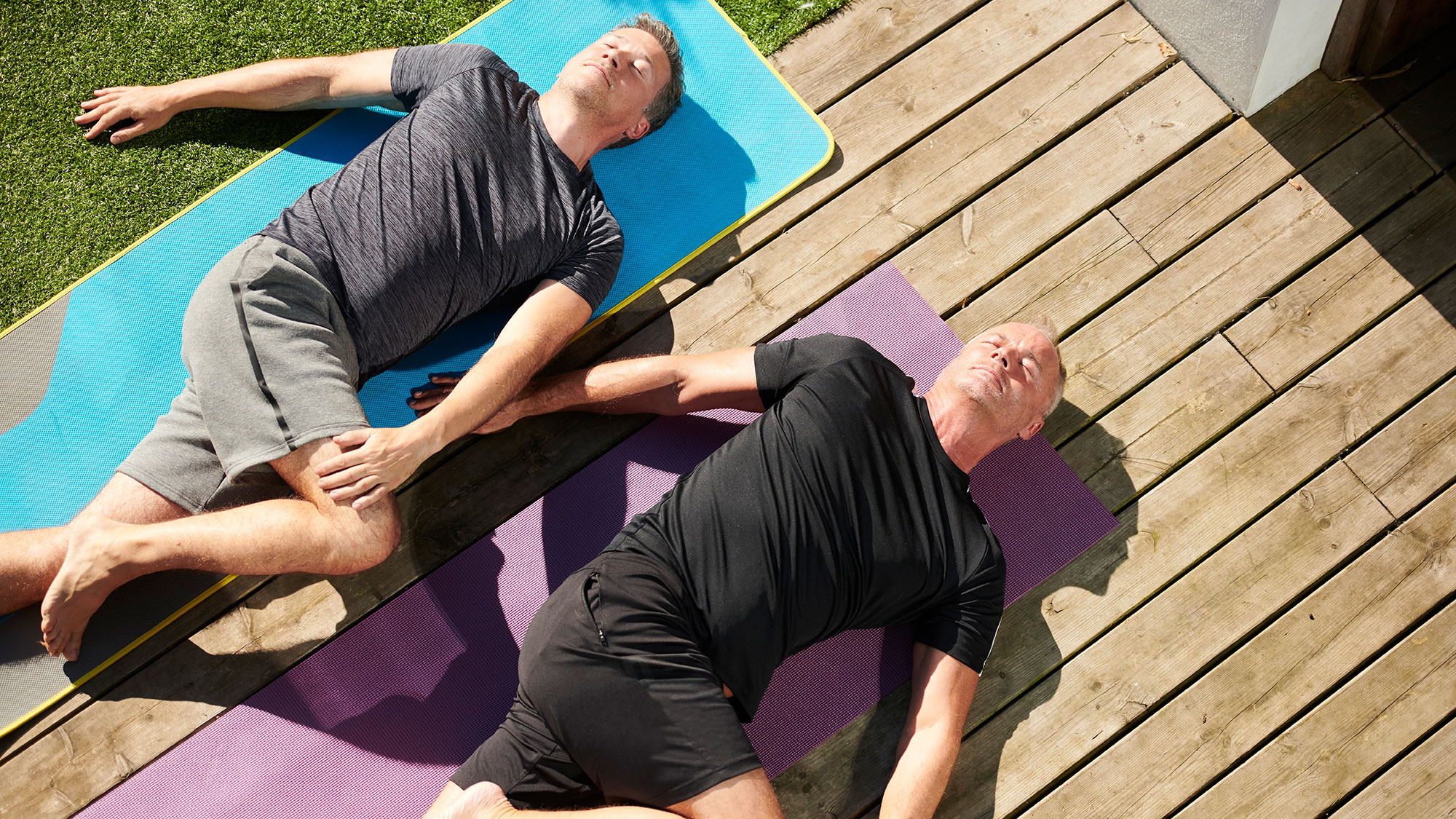
7. Improves muscle mass
Muscle mass - simply the amount of muscle in your body - is another physical factor that declines as we age. According to a scientific review of muscle tissue changes associated with ageing, muscle mass decreases approximately 3–8% per decade from the age of 30 onwards, and this rate of decline is even higher after the age of 60.
Muscles aren't just important for fitness - they also play a key role in everyday life, allowing us to move freely and perform day-to-day tasks such as carrying shopping bags.
What's more, a 2018 medical review looking at low-muscle mass in relation to patients in clinical settings noted: "Low muscle mass is associated with outcomes such as higher surgical and post-operative complications, longer length of hospital stay, lower physical function, poorer quality of life and shorter survival."
Handily, regular exercise can help you build and even regain muscle strength in later life. ‘Weight-bearing exercises like resistance training, walking or jogging can help to increase muscle strength and reduce your risk of developing osteoporosis and fracturing bones if you do happen to injure yourself,’ says Gamble.
8. Keeps the heart healthy
You’ve probably heard the phrase ‘keep your heart healthy’ and this becomes more fact than fiction when you consider that regular exercise helps prevent heart disease.
Good heart health becomes increasingly important as we age, in order to maintain low cholesterol levels and avoid serious health issues - and exercise plays a key role in this.
‘When we exercise the heart, it pumps more blood per beat, in turn keeping our heart rate down and helping towards lower blood pressure,' explains Anderson.
'Overall, this helps prevent high cholesterol and blood clots, and helps keep weight under control. Most importantly, a healthy heart has less chance of having a heart attack or stroke.’
9. Keeps bones strong
According to John Hopkins Medicine, over the age of 50 bone breakdown outpaces bone formation, which leads to a deterioration in bone density. This results in those aged 50+ being more prone to fractures and breaks, which occur in one in two women and one in five men over 50. It's more of an issue for women due to the effects of menopause.
‘To keep our bones strong we have to add load, which means doing weight-bearing exercise,' says Anderson. 'The thought might be daunting but rest assured, lifting weights is low impact and completely safe for all ages.
'In addition, simple walking, cycling and an aerobics classes will fall under weight bearing exercises and can help to build and maintain muscle strength.'
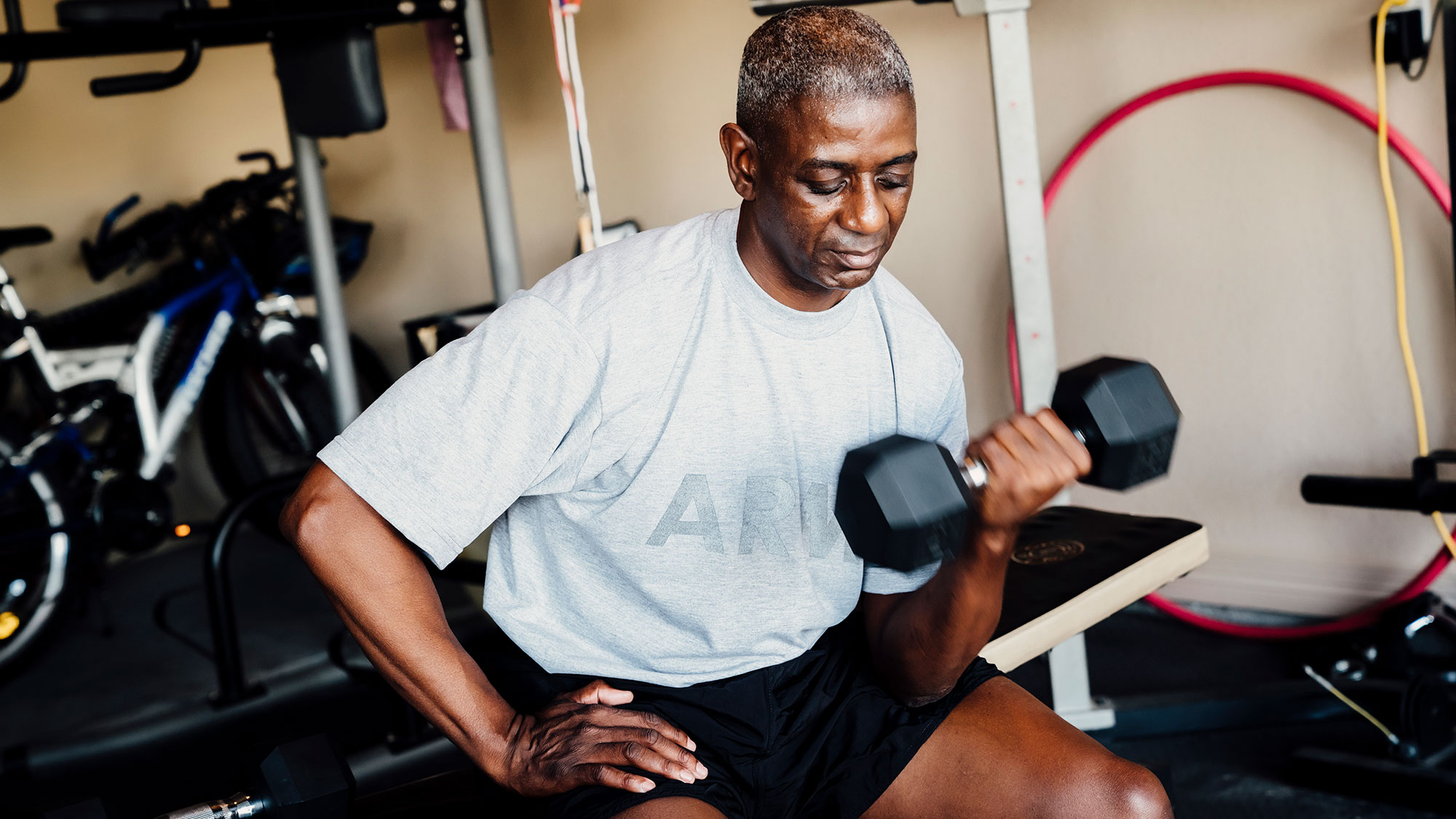
10. Improves sleep patterns
It's a fact of life that the older we get, the worse we sleep - a fact backed up by a 2018 medical review, which presented evidence that ageing impacts the quality and quantity of sleep.
Poor sleep can in turn have various negative impacts, including decreased concentration and reduced immunity, as well as making you more prone to weight gain and at risk of conditions such as heart disease and diabetes.
However, studies have linked increased physical activity to better sleep. Anderson concurs: ‘Exercising regularly throughout the week will help you to get to sleep and stay asleep. My biggest advice would be to pick what suits your body, age and enjoyment. Small bouts of regular, efficient exercise will leave you sleeping like a baby.’
11. Maintains social interaction
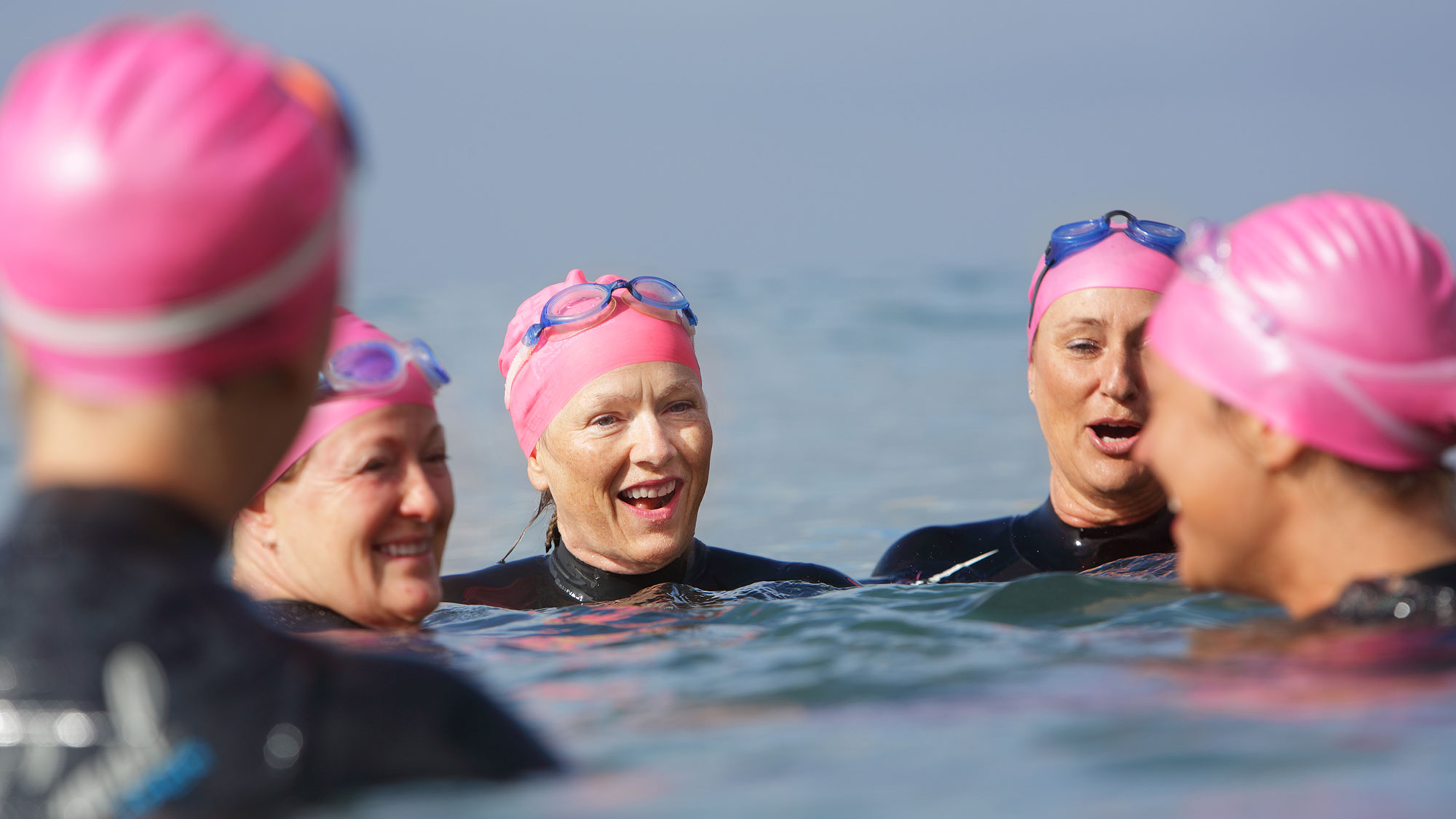
‘Whether it be a group fitness class or a walking group, exercise can be made into a fun and social event,' says Gamble.
'These social ties are extremely important as you get older, as it gives you a sense of purpose and avoids feelings of loneliness and isolation.’
Indeed, in a report on 'active ageing', the World Health Organization highlighted how loneliness and social isolation (amongst other factors) greatly increase older people’s risks for disabilities and early death.
What's more, a 2013 study published in the International Journal of Preventive Medicine found that group-based exercise significantly reduced mental health issues such as anxiety when in comparison to home-based exercise.
Kirsty is an accomplished journalist specialising in the wellness industry. She has previously written for titles including Grazia, Popsugar, Metro.co.uk, Elle UK and the Sunday Telegraph. You’ll find her running around Windsor Great Park at 6am most mornings (before her toddler, Clementine Lilac, wakes up), followed by a virtual barre class with the team at Psycle London – where that barre burn is just so addictive. Kirsty loves to stock up on new activewear; because, let’s face it, you can never have too many pairs of sculpting leggings. She's always keen to try/endure the latest workouts to come to London. Kirsty also enjoys rustling up nutritious family meals and indulging in her newfound hobby: flower pressing.
-
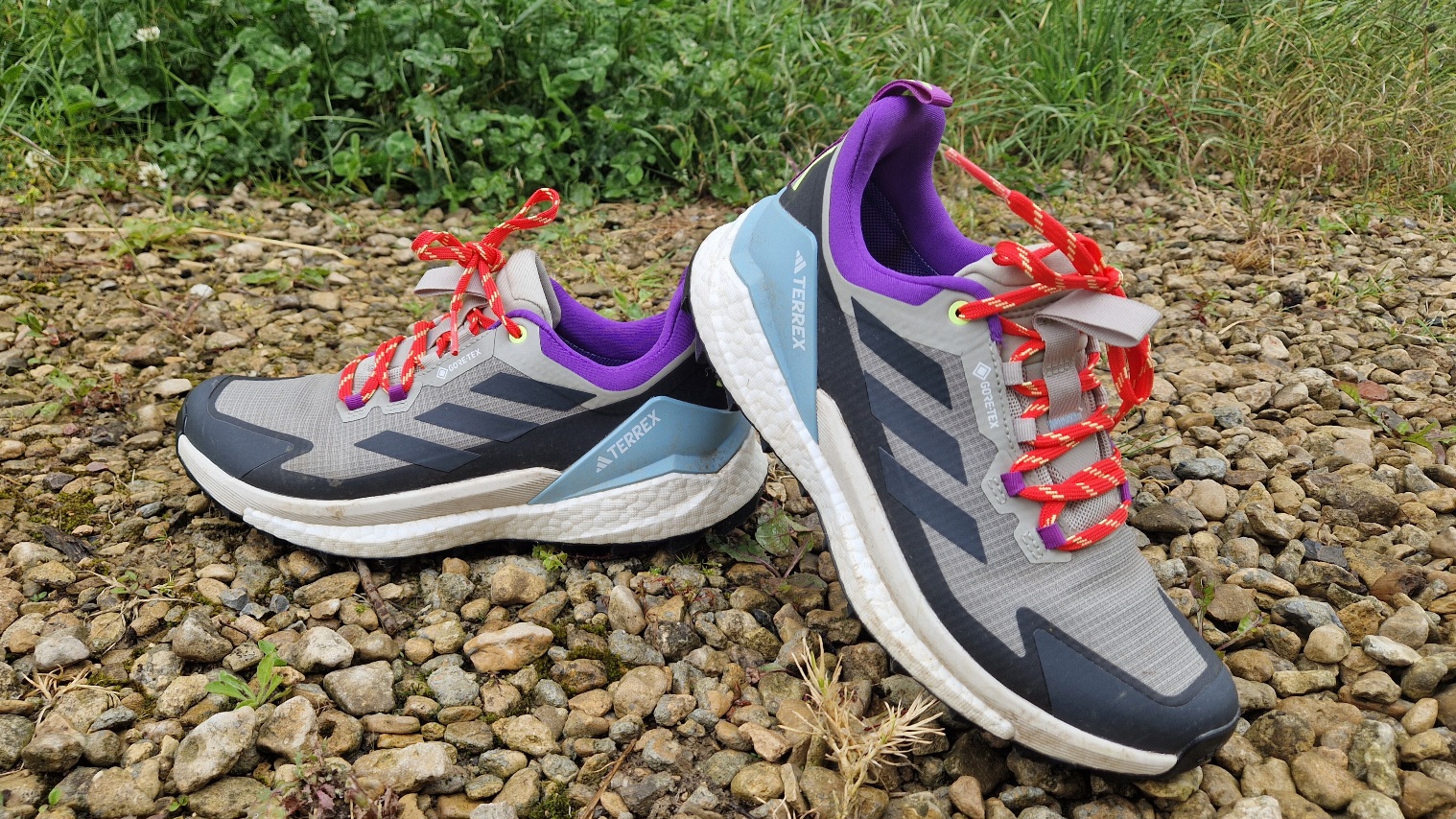 This might be your last chance to get my favorite waterproof walking shoe, and it's 25% off
This might be your last chance to get my favorite waterproof walking shoe, and it's 25% offDeal These Adidas Gore-Tex shoes are the most watertight I've tested
By Lou Mudge
-
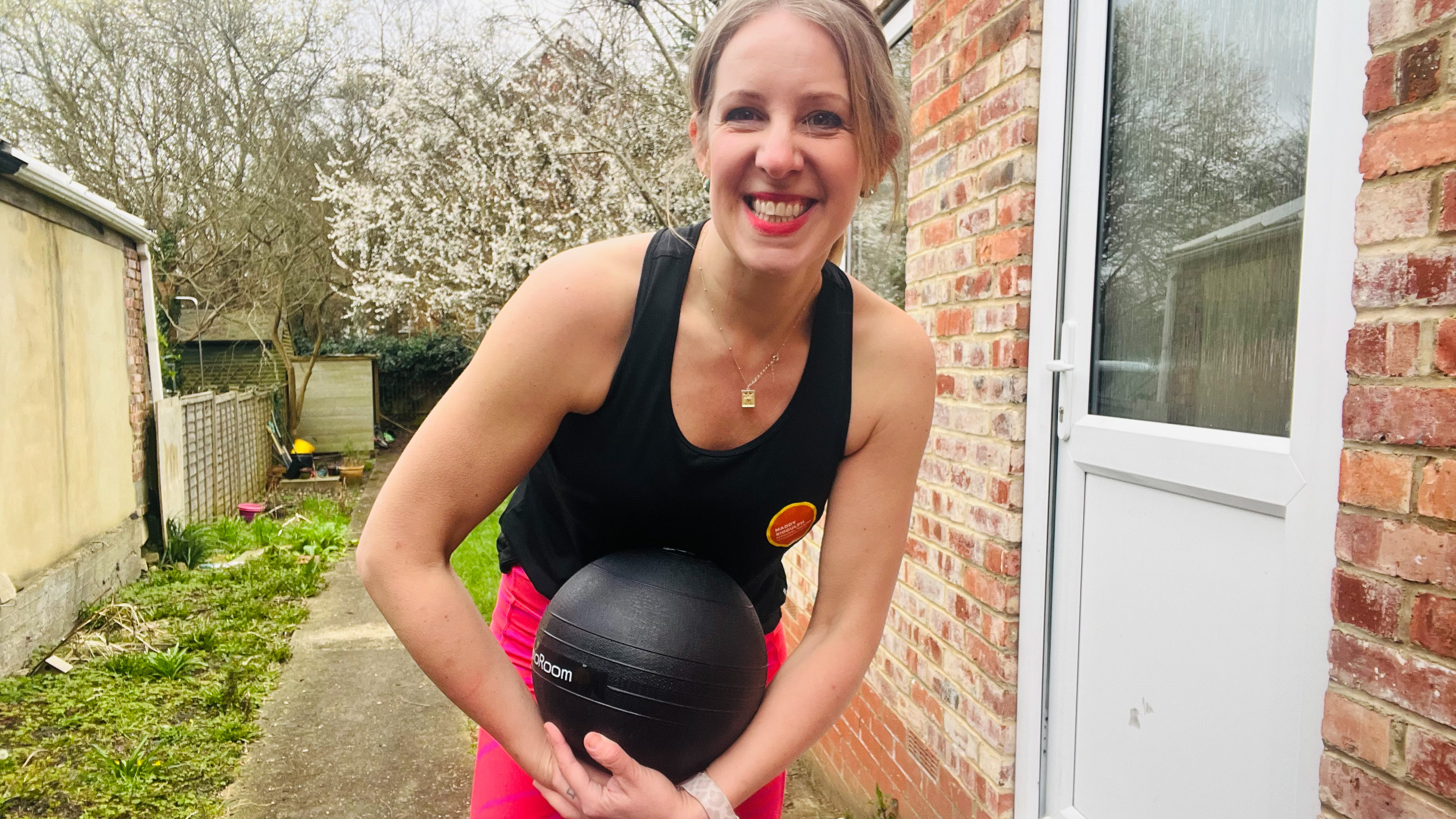 I tried wall balls for 30 days and the results surprised me
I tried wall balls for 30 days and the results surprised meTry this fitness challenge to boost total body strength
By Maddy Biddulph